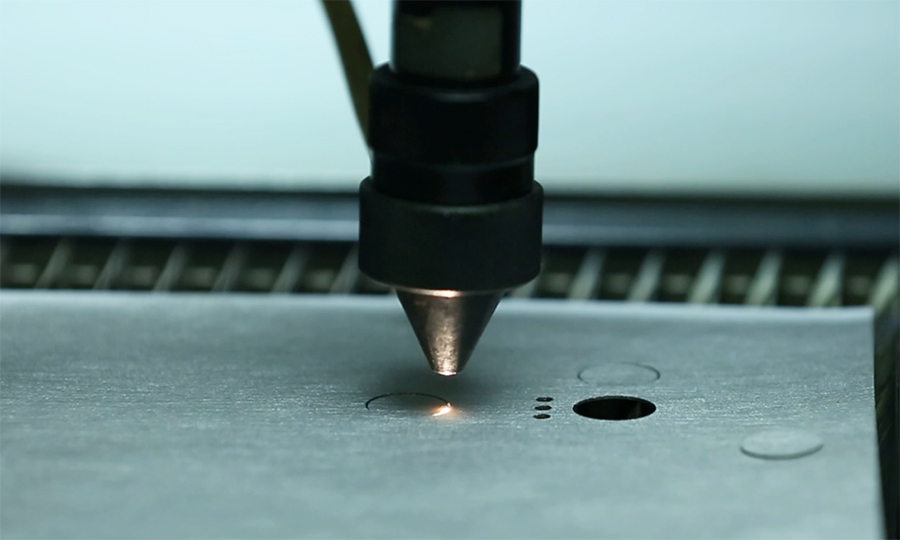Laser Cutting Leather
2021.09.22
In the world of craftsmanship and design, laser cutting has emerged as a groundbreaking technology, capturing the hearts of artisans and enthusiasts alike. In addition to the leather goods like wallets, shoes, and handbags, etc. For industrial applications such as automotive, and digital products, laser is widely used as the surface finish. Cutting leather demands a high-powered laser since it is a strong material that is resilient to heat. To ensure smooth cuts with no burn marks, it is suggested to use a CO2 laser that can generate 40 watts or higher. But do you know why laser cutting leather is so popular at present? Explore the following 3 tips in this article.

1. Narrow Lasing Kerf & Small Distortion
The light point from the laser machine is focused and very small, so the focal spot on the leather is capable to reach high power. The power onto the leather is much higher than that of being reflected, transmitted, and spread. Thus the material is quickly heated to the point of vaporization, forming holes. As the light beam moves with the leather is still, the series of holes form a narrow kerf. Its trim is little affected by the focused heat, so there is not much distortion of the workpiece.
There is nearly no bur or ripple and of high precision, much prior to plasma cutting. For many electromechanical manufacturing industries, because the modern laser cutting system controlled by computer programs can easily cut workpieces of different shapes and sizes, it is often preferred over punching and molding processes. Although its processing speed is still slower than die punching, laser cutting has no mold consumption, no need to repair the mold, and saves time to replace the mold, thereby saving processing costs and reducing production costs, so it is more cost-effective in general.
2. Leather laser cutting is a non-contact process with high energy and good density-controllability.
After the laser beam is focused, it forms a very small cutting point with extremely strong energy. It has many characteristics when it is applied to cutting. First, laser light energy is converted into astonishing heat energy in an extremely small area, which provides:
- Narrow and straight kerf;
- The minimum heat-affected zone to the trim;
- Extremely small partial distortion.
Then, there is no force on the leather workpiece, which means:
- There is no mechanical distortion;
- There is no tool-consuming and changing;
- The hardness can not be considered as materials with any hardness can be cut with a laser.
What’s more, the light beam can be controlled, and of high adaptability and flexibility, so:
- The automatization can be realized easily after combining with automated equipment;
- There is unlimited profiling cutting capability because there is no limit on the workpiece;
- The laser cutting saves a lot of material when cutting the laid-out entire board after linking to the computer.
3. Leather laser cutting has wide adaptability and flexibility.
Compared with other conventional processing methods, laser cutting has greater adaptability. First of all, regarding thermal cutting methods, during a thermal cutting process, other methods cannot act on an extremely small area like a laser beam, resulting in a wide kerf, a large heat-affected zone, and obvious deformation of the workpiece. Moreover, lasers can cut non-metallic material while other thermal cutting methods cannot.
As the leading rapid prototyping company in China for over 2 decades, Honpe Prototyping has a wide series of leather options for you. No matter you have the demand for custom automotive / motorcycle prototype, or digital product mock-up from Honpe, tell us about the laser for your prototype surface finishing.





















